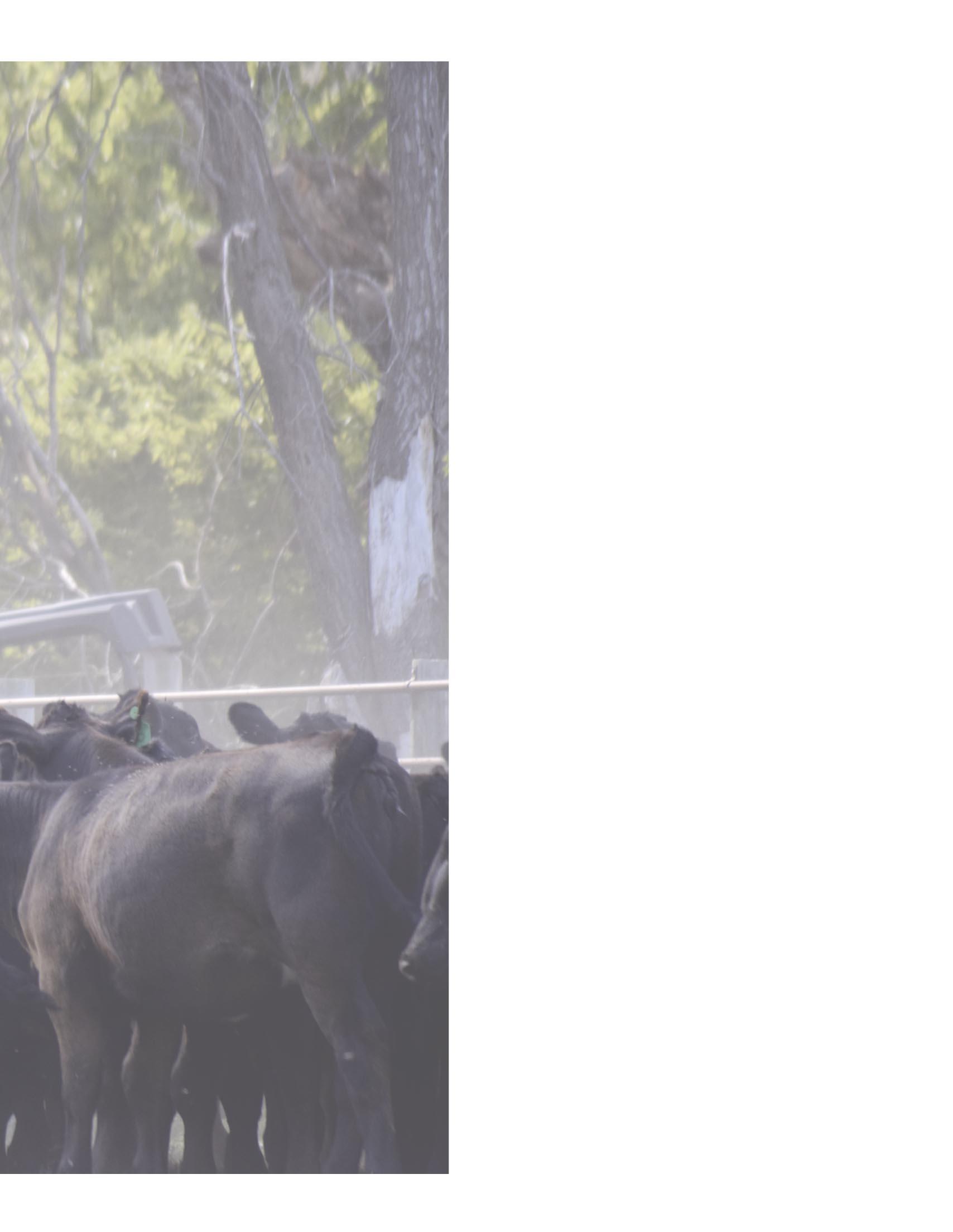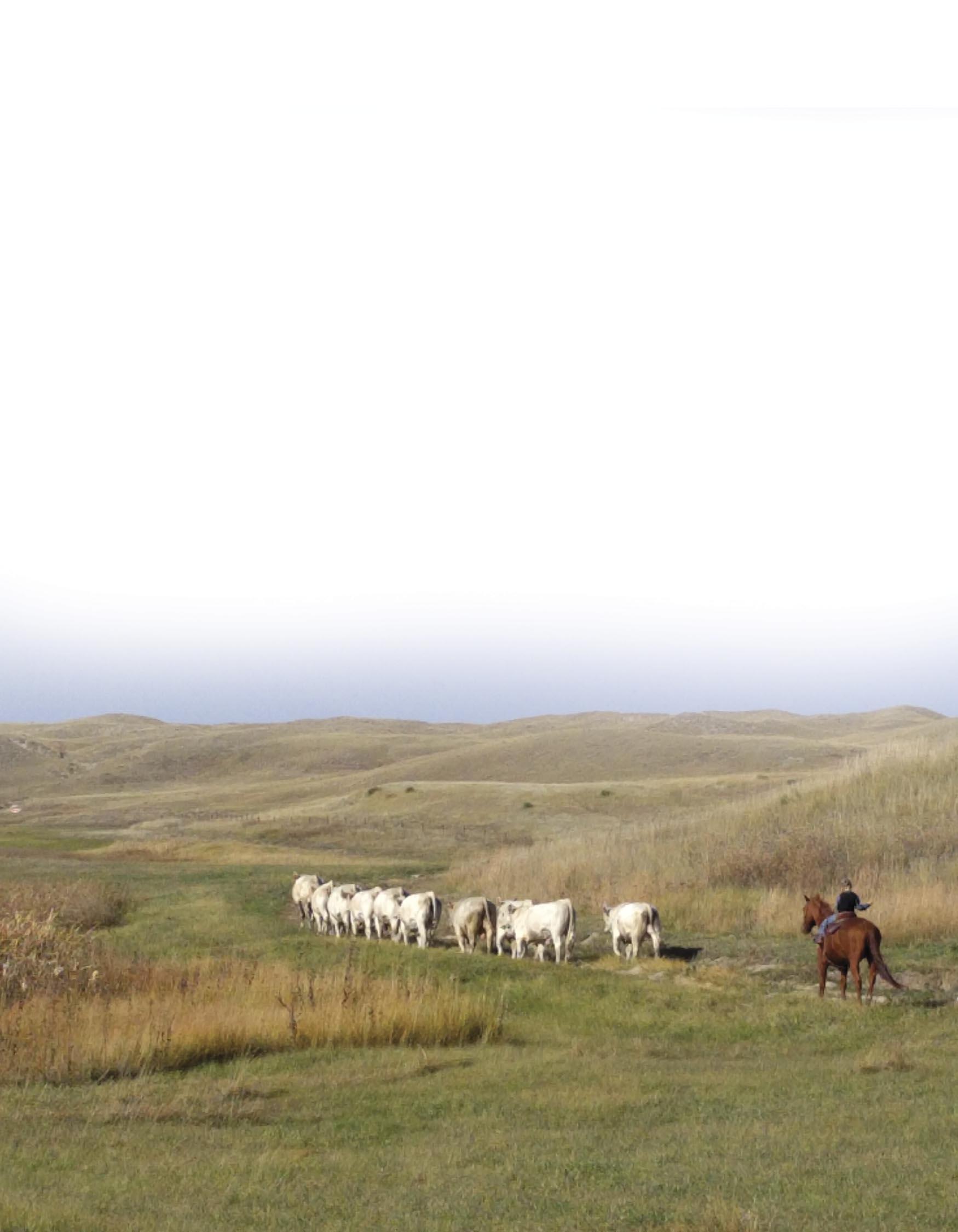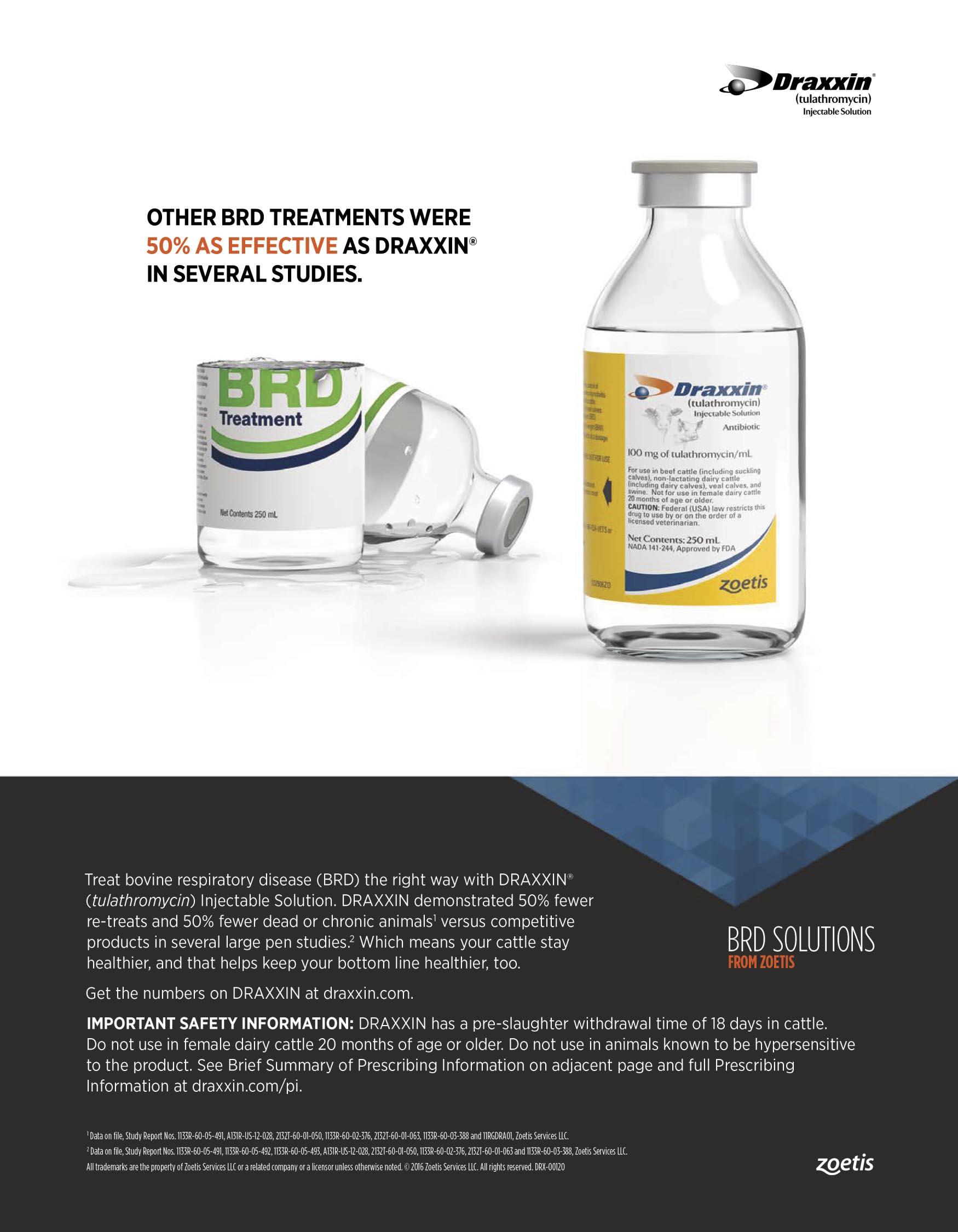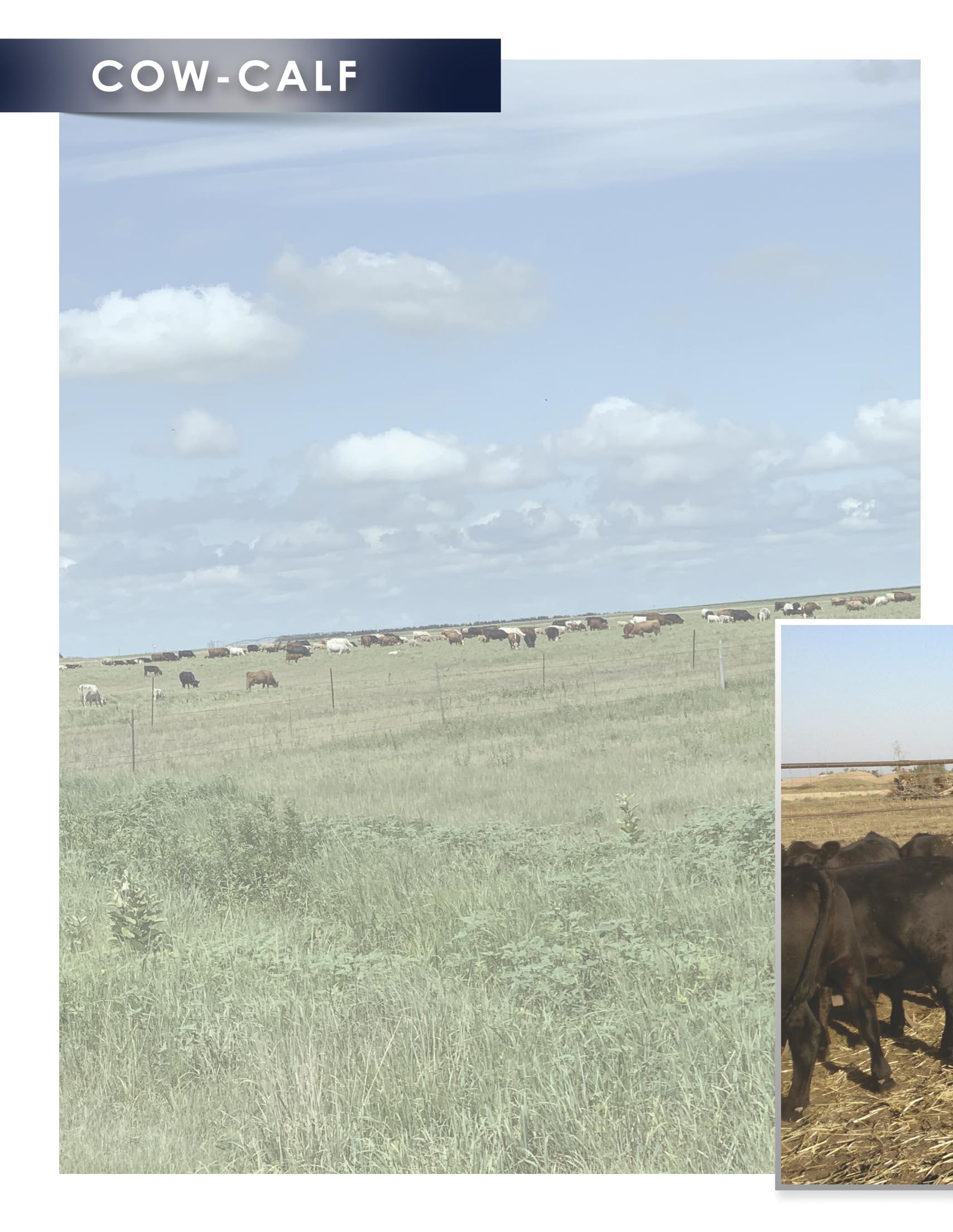
2 minute read
Developing Good Balance
By Ted Howard, Production Animal Consultation
Does anyone remember the song “Dem Bones”?
It goes kind of like this: “The knee bone connected to the thigh bone, the thigh bone connected to the hip bone, the hip bone connected to the back bone….” You get the idea. When thinking about developing good balance on a horse, we need to be aware of our posture and therefore the alignment of our bones.
When riding a horse, our shoulder and ankle should be in a vertical line, straight up and down. This alignment allows us to be more balanced in our saddle.
When riding a horse, our shoulder and ankle should be in a vertical line, straight up and down. This alignment allows us to be more balanced in our saddle. When we are balanced, we spread the pressure evenly from the front of the tree to the back of the tree in our saddle. The even spread of pressure prevents sore backs on our horses and allows our horses to move more freely. If our feet are too far forward and out of line with our shoulder, we sit too far back in the saddle, which puts too much pressure on our horse’s kidneys.
Riding on the ball of your foot throws your feet out in front of you. The arch of your foot should be in the center of the stirrup. However, when you go to step off of your horse, you need to have the ball of your foot in the stirrup to prevent getting hung up if your horse would spook.
Your toes should be turned so they are parallel with the horse’s body. This parallel alignment helps keep your knees tight against your saddle. It also prevents having your heel or spur rowel continually touching your horse. The only time we should use our spurs is when we are asking our horse to move in a certain direction. Pedaling your horse or continually bumping him with your spurs throughout the day desensitizes his rib cage. A bridle rein should be used to encourage forward movement in your horse.
We should never lean to the left or right when riding our horse. Leaning will throw off the balance in our horse’s feet. People who ride motorcycles lean for balance. Horses will balance themselves.
It is also very important to recognize the bridle reins when discussing balance. You should cross your reins when working cattle. This will keep your horse’s nose moving before his body. Using two hands will help keep a horse balanced as he works. Your hands should be about 10 to 14 inches apart. Remember to keep your hands as low as possible anytime you are asking your horse to make a move. If your horse’s nose goes in the opposite direction you are asking him to move, your outside rein is pulling on the bit.
When we ask a horse to break at the poll properly, it allows the horse to relax and be more balanced in his feet. Whether we are riding in conditions that are slick, dry or muddy, properly breaking our horse at the poll allows the horse to remain balanced.
It is very important that we help our horse stay balanced for his safety as well as our own. If your “Dem Bones” lyrics change to “The knee bone connected to the shoulder bone, the shoulder bone connected to the ankle bone, the ankle bone connected to the back bone…” , you and your horse have lost your balance.













